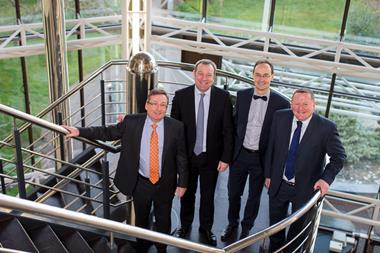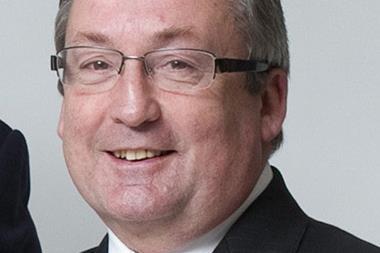Insurer backs the Road Safety Foundation’s plea to make safety the centre of road network reforms
Ageas is supporting a call from the Road Safety Foundation for the government to make minimum safety levels central to any reform that results from the review of the finance and ownership of the major road network.
The Road Safety Foundation has today launched its annual GB EuroRAP results 2012, a report on road safety levels across 27,000 miles of motorway and A roads where the majority of UK road deaths occur.
Britain’s busiest higher-risk roads are named with the A21 (A229 to Hastings) topping the league. All of the 10 busy higher-risk roads have higher than average traffic flows, a high crash density and an above-average risk rating.
The prime minister has set this autumn as the deadline for a radical review of the finance and ownership of the major road network. Based on the report, the foundation is calling on the government to make safety central to any reform.
Commenting on the study, Ageas chief executive Barry Smith (pictured) said: “You cannot manage what you do not measure. As taxpayers, we spend around £10bn each year on roads. Insurers pay out £10bn to meet the cost of crash claims.
“I fully support the foundation’s annual publication as the key measure of the safety of Britain’s roads, demonstrating the need for tougher action on high risk roads and minimum safety standards. Any reform must be considered as part of a wider pack of measures that also address driver behaviour and vehicle safety.”
Road Safety Foundation director Joanne Marden said: “The planned reforms in road financing means a new focus on measuring safety performance and the high returns quickly available from safety engineering.
“Where there is clear evidence of higher risk and heavy traffic flows, the economic case for intervention is compelling. With 2% of gross domestic product lost in road crashes, as well as lives, we can get quick, guaranteed returns by raising safety levels.
“The government must make minimum safety levels the centrepiece of any reform. Even a modest ambition to improve these sections of road - so they simply get an ‘average’ risk rating and became six times more risky than motorways - would save many lives and cost savings to the economy of £20m annually.”
Hosted by comedian and actor Tom Allen, 34 Gold, 23 Silver and 22 Bronze awards were handed out across an amazing 34 categories recognising brilliance and innovation right across the breadth of UK general insurance.













































No comments yet